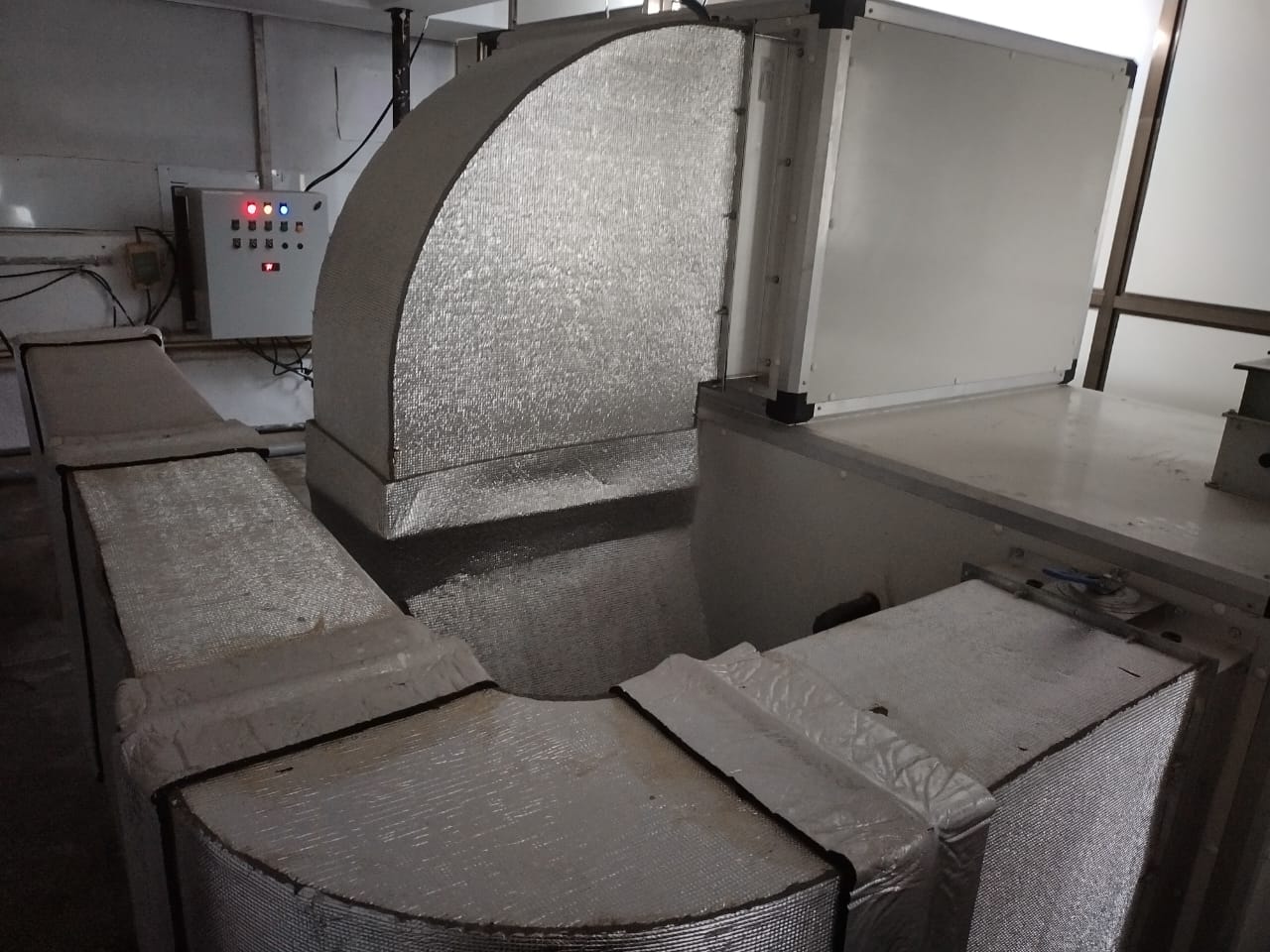AHU (Air Handling Unit)
The AHU (Air Handling Unit) is a centralized control system used to monitor and regulate all components of an AHU, including fans, filters, heating/cooling coils, dampers, and sensors. It ensures efficient air quality management, temperature control, and energy optimization within HVAC systems, making it essential for cleanrooms, pharmaceutical plants, hospitals, and commercial spaces.
Functionality
The integrates various sensors and automation logic to manage the AHU's operational sequence. It regulates supply and return air fans, controls temperature and humidity, monitors filter status, and can be integrated with BMS (Building Management Systems) for remote operation and fault diagnostics.
Key Features
- PLC-based or relay-based logic control systems
- Touchscreen HMI or digital display for easy monitoring
- Motor starters, VFDs, and overload protection
- Temperature, humidity, and pressure sensor integration
- Auto-manual switch operation mode
- Built-in alarms for fault conditions (filter choke, motor trip, etc.)
- BMS/SCADA compatible communication (Modbus/BACnet)
- Sturdy enclosure – powder-coated or SS for cleanroom use
Applications
- Cleanrooms in pharmaceutical manufacturing
- HVAC systems in commercial buildings
- Hospitals and healthcare facilities
- Food and beverage industry
- Semiconductor and electronics manufacturing
- Research laboratories and R&D centers
Benefits of AHUs
AHUs streamline operations, improve air quality, and extend the lifespan of HVAC components. They provide real-time system feedback, help maintain regulatory compliance, and reduce downtime with automated fault detection. Energy efficiency and operational transparency make them vital for modern air handling systems.

